Navigating the Terrain: A Look at the 2025 Toyota 4Runner’s Fuel Efficiency
Related Articles: Navigating the Terrain: A Look at the 2025 Toyota 4Runner’s Fuel Efficiency
Introduction
With great pleasure, we will explore the intriguing topic related to Navigating the Terrain: A Look at the 2025 Toyota 4Runner’s Fuel Efficiency. Let’s weave interesting information and offer fresh perspectives to the readers.
Table of Content
Navigating the Terrain: A Look at the 2025 Toyota 4Runner’s Fuel Efficiency
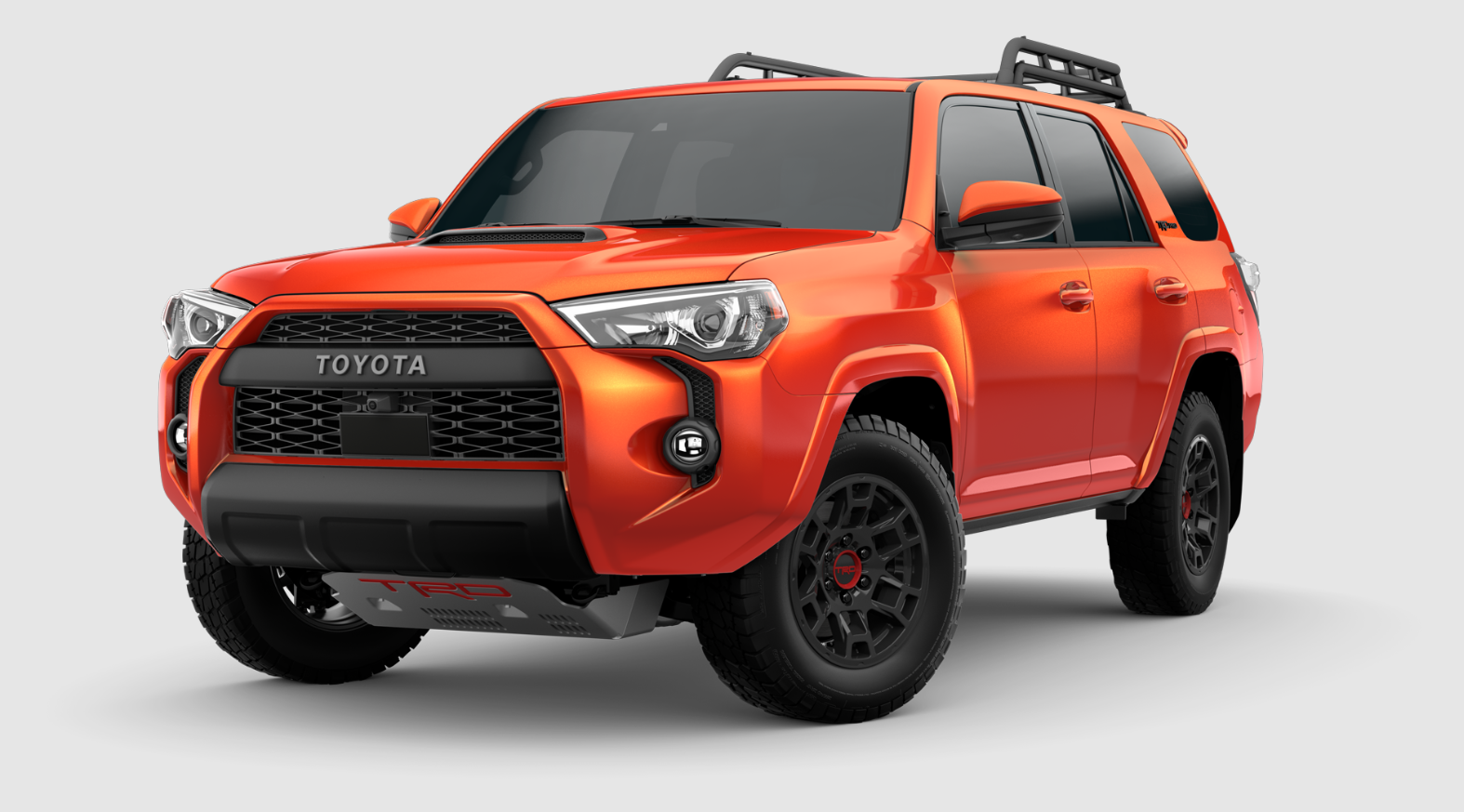
The Toyota 4Runner, a rugged and reliable SUV, has long been a favorite for off-road enthusiasts and families seeking adventure. However, the automotive landscape is rapidly evolving, with fuel efficiency playing a crucial role in vehicle desirability. As we approach 2025, the question arises: how will the 4Runner adapt to these changing demands?
While specific fuel economy figures for the 2025 4Runner are not yet available, understanding the factors influencing its efficiency and exploring potential improvements can provide valuable insights.
The Legacy of the 4Runner: Balancing Capability and Consumption
The 4Runner’s legacy is built on its powerful engines and robust construction, enabling it to tackle challenging terrains. This capability, however, comes at the cost of fuel efficiency. The current generation, powered by a 4.0-liter V6 engine, delivers respectable performance but falls short in the fuel economy department compared to its rivals.
The Path to Improved Fuel Efficiency
Toyota is committed to enhancing fuel efficiency across its lineup, and the 4Runner is no exception. Several strategies are likely to be employed to improve its fuel economy in the 2025 model:
- Engine Optimization: Toyota could introduce a more efficient engine, potentially a smaller displacement V6 or even a turbocharged four-cylinder, while maintaining the 4Runner’s renowned power.
- Hybrid Technology: The integration of a hybrid system, combining a gasoline engine with an electric motor, would significantly enhance fuel economy. This approach has proven successful in other Toyota models, offering a compelling blend of power and efficiency.
- Weight Reduction: By employing lightweight materials in the 4Runner’s construction, Toyota can reduce its overall weight, leading to improved fuel efficiency. This strategy has been adopted by many manufacturers to optimize vehicle performance.
- Aerodynamic Enhancements: Optimizing the 4Runner’s aerodynamic profile can minimize wind resistance, contributing to improved fuel economy. This could involve subtle design changes to the bodywork, such as a more streamlined grille and rear spoiler.
- Advanced Drivetrain Technology: Toyota’s expertise in advanced drivetrain technology could be leveraged to enhance the 4Runner’s fuel efficiency. This might involve implementing a more efficient transmission or incorporating a system that automatically adjusts engine power based on driving conditions.
The Importance of Fuel Efficiency in the 2025 Landscape
The pursuit of improved fuel efficiency is driven by several factors:
- Environmental Concerns: Rising fuel consumption contributes to greenhouse gas emissions, a major driver of climate change. Enhancing fuel efficiency plays a crucial role in reducing these emissions and mitigating environmental impact.
- Cost Savings: Higher fuel economy translates to lower fuel costs for owners, a significant benefit in an era of fluctuating fuel prices.
- Government Regulations: Many governments are implementing stricter fuel economy regulations to promote energy efficiency and reduce emissions. Manufacturers must comply with these regulations to remain competitive in the market.
- Consumer Demand: Consumers are increasingly prioritizing fuel efficiency when purchasing vehicles, recognizing its financial and environmental benefits.
FAQs Regarding the 2025 Toyota 4Runner’s Fuel Economy
Q: What is the estimated fuel economy of the 2025 Toyota 4Runner?
A: Specific fuel economy figures for the 2025 model are not yet available. However, considering the advancements in fuel efficiency technologies and Toyota’s commitment to sustainability, a significant improvement over the current model is expected.
Q: Will the 2025 4Runner offer a hybrid option?
A: While not confirmed, a hybrid powertrain is a strong possibility for the 2025 4Runner. Toyota has a proven track record of incorporating hybrid technology in its SUVs, and this approach aligns with its commitment to fuel efficiency.
Q: How will the 2025 4Runner’s fuel economy compare to its competitors?
A: The 2025 4Runner’s fuel economy is expected to be competitive with other mid-size SUVs in the market, particularly those with hybrid options.
Q: What steps can I take to improve my 2025 4Runner’s fuel economy?
A: While the 2025 4Runner’s fuel efficiency will be improved through technological advancements, certain driving practices can further optimize consumption:
- Avoid Aggressive Acceleration and Braking: Smooth acceleration and braking minimize energy waste, improving fuel efficiency.
- Maintain Proper Tire Inflation: Underinflated tires increase rolling resistance, reducing fuel economy.
- Minimize Unnecessary Idling: Turning off the engine when stationary for extended periods saves fuel.
- Use Cruise Control on Highways: Maintaining a consistent speed with cruise control can improve fuel efficiency.
Conclusion
The 2025 Toyota 4Runner is poised to navigate the evolving automotive landscape with a renewed focus on fuel efficiency. While specific figures remain unknown, the combination of technological advancements and consumer demand for fuel economy suggests a significant improvement over its predecessor. By embracing efficient powertrains, optimizing vehicle weight, and implementing aerodynamic enhancements, Toyota is committed to delivering a 4Runner that balances its legendary off-road capability with responsible fuel consumption, ensuring its continued appeal to adventure-seeking families and enthusiasts alike.


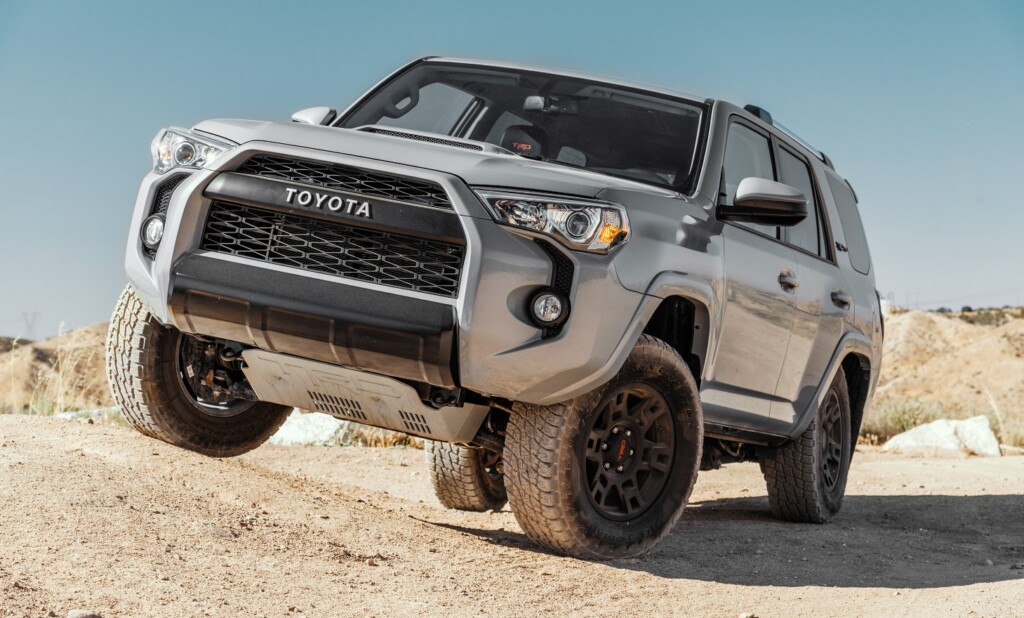

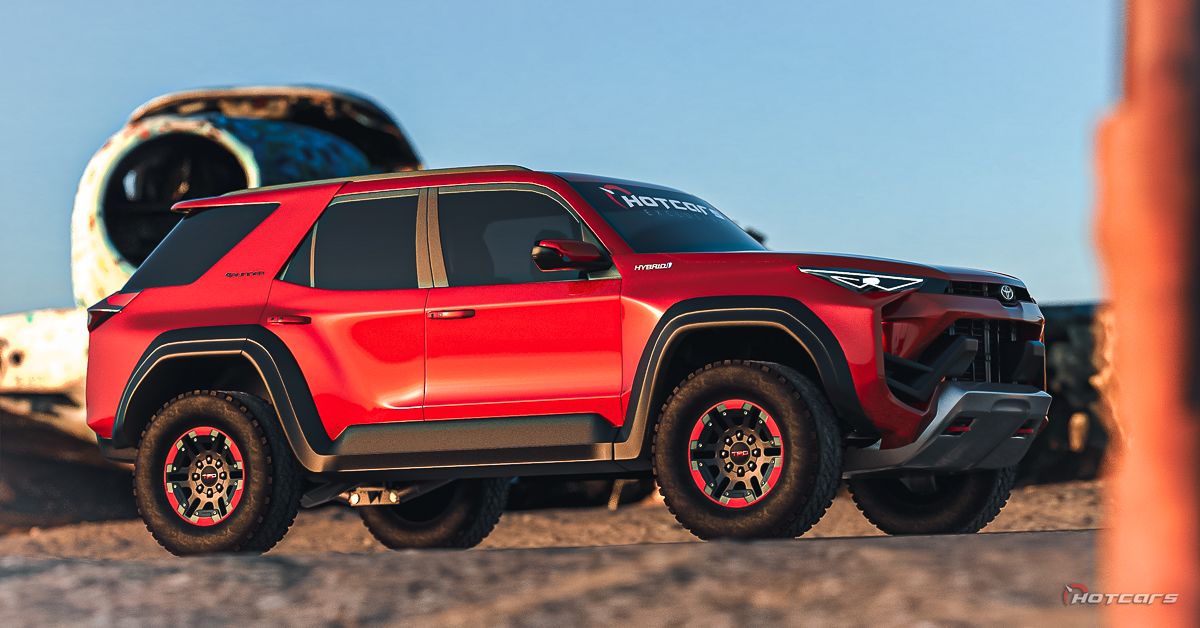
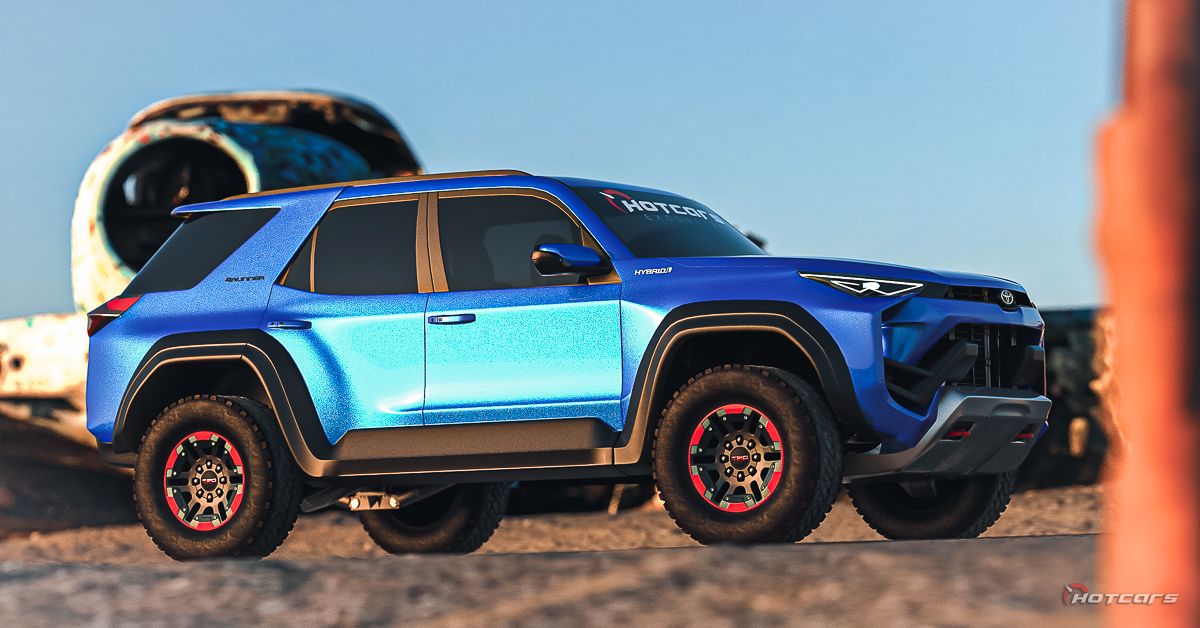
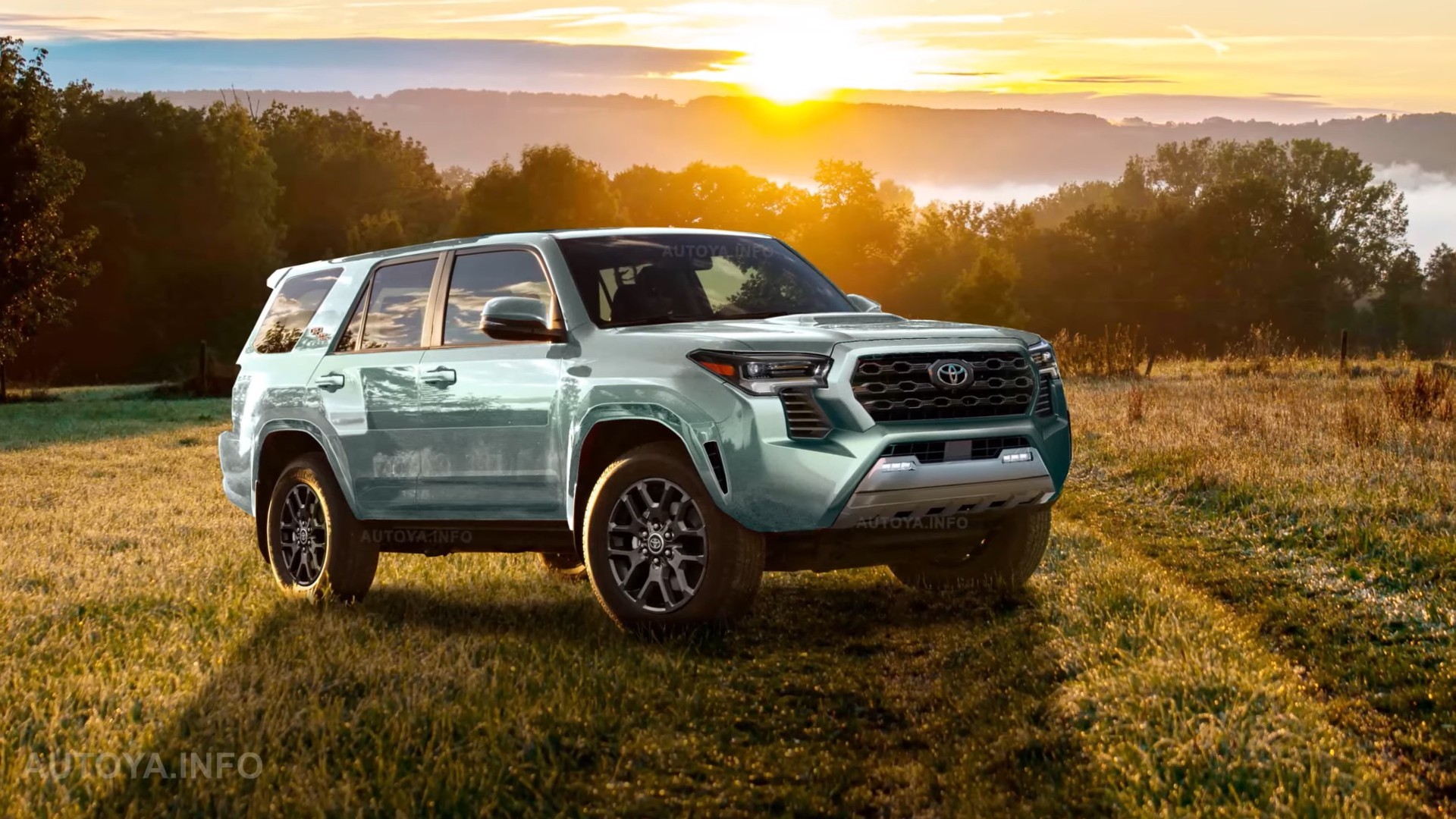

Closure
Thus, we hope this article has provided valuable insights into Navigating the Terrain: A Look at the 2025 Toyota 4Runner’s Fuel Efficiency. We thank you for taking the time to read this article. See you in our next article!
